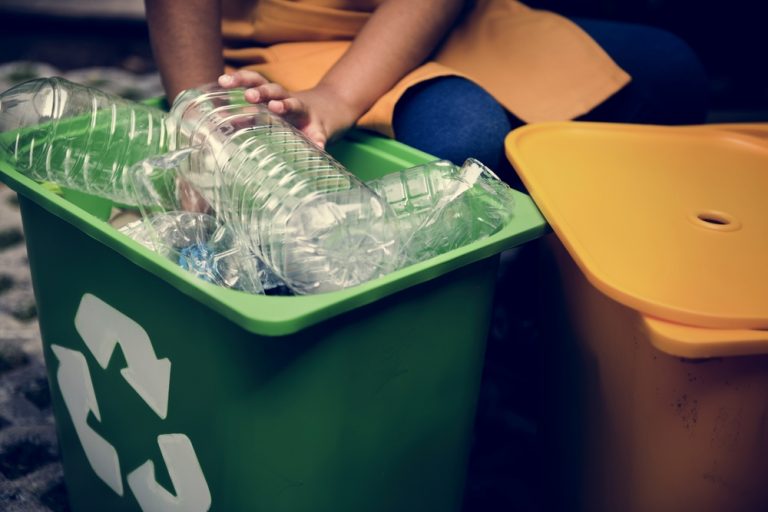
Many people dream of having their own gardens one day. Specifically, they want a garden with so many mood-enhancing flowers and fruit-bearing plants. Unfortunately, not everyone who has dreamed of owning his or her own garden is fortunate enough to own a large space that’s perfect for a garden that’s rich in greens and colourful flowers, fruits, and vegetables. The good news is, there are ways to start a garden even with a small space. These methods are shown below.
Utilise Local Resources
Utilise all local resources that are available to you as well as those you already have to begin the garden. Instead of purchasing pieces of wood to create a garden bed, for example, you can use big fallen tree limbs. Stick to those which have a diameter of eight inches so that they do not end up moving around, they last much longer, and the bed can be shaped in more ways.
Interact with Other Gardening Enthusiasts
One of the best ways to learn gardening is to learn from the experiences of other enthusiasts. To ensure that you truly learn something from other green-thumbed people, you can join or host meetups with other gardeners. Some meetups to look forward to joining or hosting include seed and plant swaps and gardening lectures.
You can also learn gardening through online forums, such as Reddit.
Which Plants Should I Plant?
* Marigolds are a good choice not only because they look great, but also because they help keep pests away.
* Looking for edible root crops? Know that a number of them cannot be sown directly into the soil, almost always need a grow light, and need to be “hardened off” so they can thrive in harsher elements. That said, there’s no shame getting plants of this kind that are starting to grow.
* The mighty microgreens are great choices since they thrive even in partial shade, don’t consume a lot of space, and are easy to sustain. Some examples include leafy vegetables such as a wide range of herbs and lettuce. Baby broccoli and baby kale are also amazing choices.
How Much Space Do You Need?
Upon acquisition of plants and seeds, know how large they grow so that you can come up with a good plan.
There are numerous ways to plant your garden. Here are some ideas you can follow:
* Avoid digging up the soil. Keep in mind that the top eight inches of soil is highly beneficial.
* You should also avoid plastic liners, since their use can lead to plastic getting into the soil and food. Instead, lay a layer of newspaper over weeds or grass, making sure that you overlap by about four inches so weeds cannot sneak up.
* Place both mulch and cardboard over areas you’ll be walking.
* Set down the borders of your new garden. Walk around and be sure to select a decent spot in the yard. A few things to consider include the amount of sun the spot gets and if it is near a source of water.
Prepare the Garden Beds
* Add three inches of grass clippings or leaves, newspaper, composted mulch, and dirt.
* Add organic fertilisers. Some great organic fertilisers include apple cider vinegar, rabbit droppings, fish entrails, goat droppings, and black strap molasses. Add compost afterwards.
* Add worms, one more newspaper layer to serve as final weed barrier, and more mulch. The addition of mulch helps keep the newspaper down and breaks down into more amazing soil for you.
* To plant the new plants, set aside mulch and dig a tiny spot on the newspaper.
* During the first two weeks, water new plants once or twice each day.
Last Step: Let the Plants Grow
Once the plants have been set in place, just do the proper maintenance steps that ensure that your chosen plants grow healthy and produce many fruits and flowers. Having rain water tanks installed is one such way to ensure the optimum health of all plants.





Leave a Comment